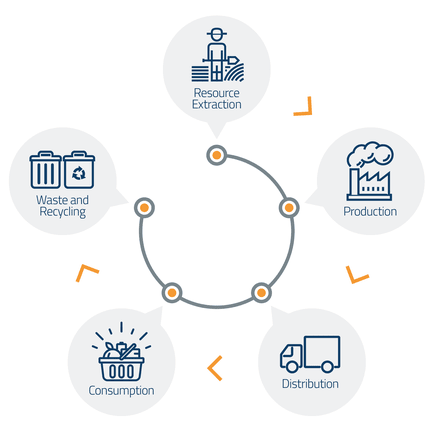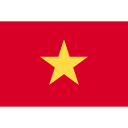In the past, the food industry shared objectively about food scandals that happen around the globe. The reported food problems are not always related to the microorganisms in the food, but most of the problems come from innovation, environmental pollution, or changes in farming methods.

Dirty food is rampant around the world
Food coloring incidents reported in the mid-1980s in the UK, mercury poisoning in oranges reported in 1979, mercury poisoning in the 1970s reports, radiation in sheep reported in 1986. Glass, batteries, and Sodium Hydroxide found in baby food products were reported in the UK in 1989, leading to the recall of 100 million products from the shelves and repackaging 60 million other products. These traces are engraved in public memory such as the fear of pork reported in December 2008, the pork products sold and exported from Northern Ireland were recalled from all supermarkets around Europe because they contain 80 to 200 times the amount dioxin that exceeds the acceptable limit, similar happening to the egg fear reported in December 2008, seven batches of chicken eggs were produced by China’s Dalian Hanwei Enterprise Group transport to Hong Kong was withdrawn, while two other batches on the island were sealed. These batches have been reported that the chickens which lay eggs were fed with foods that contain melamine. Another fear is Chinese instant coffee and tea, they are believed to contain melamine so they have been recalled in the United States. Food giant Unilever has also recalled four batches of Lipton Milk Tea sold in Hong Kong and Macau after the company found traces of melamine in its products. One of the biggest food scandals that the World Health Organization has to deal with is milk because it affects countries around the world. In July 2008, it was reported that 53,000 children became ill due to the consumption of milk and milk products, and at least four infants died of kidney stones and other kidney problems. The products exported by China were found that contain melamine, and in August 2007, the California Department of Health found aldicarb sulfoxide in fresh ginger imported from China. Aldicarb sulfoxide is a pesticide that can cause headaches, nausea, and blurred eyes. In July 2007, Chinese products such as white rabbit candy, milk candy, Bairong grape biscuits, and Yongkang grape biscuits were recalled in the Philippines because they claimed to contain formaldehyde. Similarly in March 2007, dirty products that caused kidney failure in livestock were reported that led to the deaths of 8,500 animals. Chinese dog and cat foods containing wheat gluten have been recalled in the United States because they are contaminated with melamine. In early 2005, there were reports of pollute noodles with formaldehyde, a carcinogen used for embalming and for making glues, resins, and disinfectants. The Indonesian government found that 60% of food establishments in Jakarta served noodles that contain formaldehyde. Similar food fears occurred in Vietnam in 2007 when it was reported that formaldehyde was used to extend the lifetime of noodle products, including Pho, Vietnamese brand food. As a result of the globalization of trade, food requires additional substances to be able to travel long distances to reach consumers. As a result, the number of reported food crises has increased, such as Bovine Spongiform Encephalopathy (BSE) or mad cow disease, Dioxins in food, foot and mouth disease (FMD), Outbreak of food illness from Salmonella.

A traceability solution was born…
To handle the above situation, the food industry must have a solution to control food safety. And that is also the idea to be born traceability system … to monitor and manage the spread of dirty food.

Traceability is a global food monitoring solution
In fact, food traceability has become a global solution that has been applied by different countries around the world. For example, the Food Safety and Modernization Act (FSMA, 2011) in the United States, the United States Bioterrorism Act (2001, HR 3448), Beef Traceability System in Korea (GAIN Report N ° KS1033. 2010), National Agricultural and Food Traceability System (Food Center in Canada 2012) in Canada, Regulation No. 178/2002 and EU Quick Alert System for Food and animal feed (RSFF), Grapenet tracking and tracing software to export grapes from India to the EU (Buiji et al. 2012), Merger of GS1 Australia and Australian Consumer Response (ECRA).
The role of traceability
Traceability is understood as the ability to trace the history and locate objects under consideration. Traceability can identify the source of materials, processing history, distribution information, and location of products. From there, the governments of the countries use traceability systems to manage the food transactions that lead to their countries.



